There Seine identifies a genus of plants belonging to the family of Leguminosaesubfamily Caesalpiniaceae. This genus includes over 250 species of plants, the most famous being the Cassia angustifoliaalso known as synonyms for Cassia acutifolia, Cassia senna And Senna alexandrina. It is an exotic plant, native to East Africa, from Sudan to Mozambique. For a long time, however, it has also been cultivated in Asia, especially in southern India, where the famous is produced Indian senna or Tinnevelly. It is one of the laxative plants whose use is most widespread in the world.
In this article we therefore know the botanical characteristics of the senna plant, its properties, common uses and contraindications.
Description of the Seine
There Cassia angustifolia it is a shrub with an erect stem, simple at first and then branched, which usually does not exceed 2 m in height. The young twigs have a dense pubescence formed by appressed hairs, that is, adhering to the surface.
Leaves
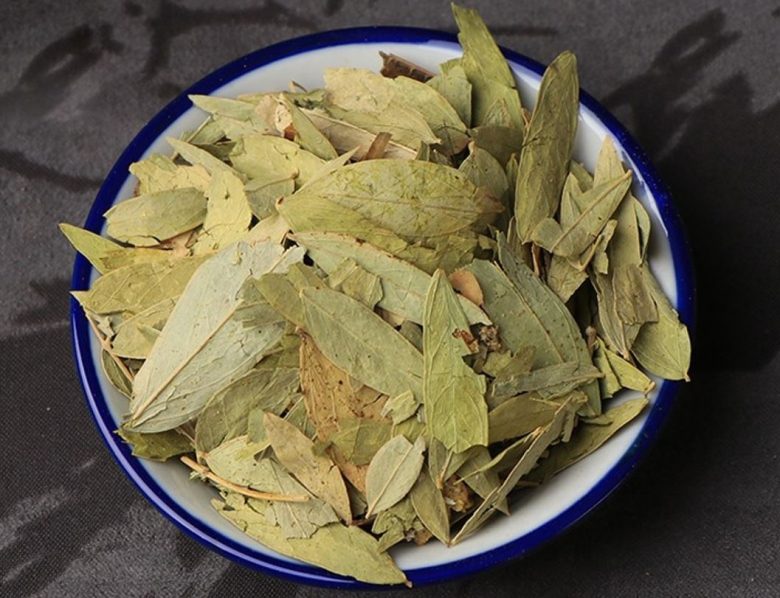
The leaves of the senna, inserted alternately on the branches, are of the paripennate type. The petiole has at its base two linear or triangular stipules. The leaflets, from 4 to 9 pairs, are elliptical or lanceolate. The apex is acute and very often ends in a mucron, that is, a thin tip. the base is rounded and asymmetrical. The color is yellowish-green, lighter on the underside, where there are few hairs lying on the surface. The median rib is sunken in the upper page and protruding in the lower one.
Flowers
The flowers of the senna plant are gathered in long racemes placed at the end of the branches. The chalice is divided at the top into 5 lobes. The corolla is composed of 5 yellow and oval petals, with the upper one smaller than the others. There are 10 stamens: the upper 3 are very short, the central 4 are medium and the lower 3 are very long.
Fruits
The fruit of the Cassia angustifolia it is a dark green or brown legume, flattened and very thin shape. It swells only in correspondence with the seeds, which are also flattened and wrinkled.
Useful parts and collection
In herbal medicine, as a natural laxative, the leaves of the plant are used, although the pharmaceutical industry, which uses large quantities, also uses the pods. the leaves are harvested when they are still quite tender, as they are quite leathery in themselves. After harvesting, they are dried in the shade and then packaged.
If you want to try the senna leaves dried or reduced to powder you can find them here.
Active ingredients of Senna
The main constituents of senna are: free and combined anthraquinone and anthranyl compounds such as heterosides, aloemodin, rein, catartine, mucilages, essential oil.
From these active principles derive properties: intestinal regulators, laxatives, purgatives.
Property of the Seine
As mentioned, senna is a plant with laxative properties widely used around the world, even if it is grown intensively only in a few countries.
The active substances are mainly made up of particular anthracenic glycosides which exert their action at the level of the colon. They decrease the reabsorption of the water contained in the faeces by simultaneously stimulating intestinal contractions and thus favoring their expulsion. The preparations based on senna leaves, as they are or reduced to powder, in the right doses act gently on the intestinal system, with the first effects that are seen after half a day from taking (about 8-12 hours).
How to use the Senna
Prolonged use or abuse of senna-based laxatives can give rise to addiction phenomena that lead to constipation. In general, it is always a good rule to use herbal laxatives for short periods of time and to seek immediate medical attention if constipation reappears after treatment.
Contraindications of using the Senna
Like all laxatives that contain anthracenic derivatives, senna should never be used in case of intestinal, haemorrhoidal and kidney inflammation.
It is also not recommended for use in pregnant and lactating women, children and people suffering from abdominal pain of unknown origin. Some studies have spoken, in very rare cases, of one found hepatotoxicity. But more recent studies, in the case of the quantities recommended for human use, seem to be disprove the thesis.
Preparations for domestic use
Senna as a laxative and purgative can be used in several ways.
In powder form, at a dosage of 0.5-1 g in a host to be taken in the evening before bed.
Infusion, using 2 g of dried leaves in 100 ml of water, to be drunk completely before going to bed.
Finally in the form of vinous tincture, which is prepared with 20 g of leaves in 100 ml of white wine to be macerated for 5 days and which is taken in 2-3 teaspoons per day.

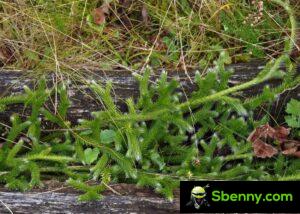
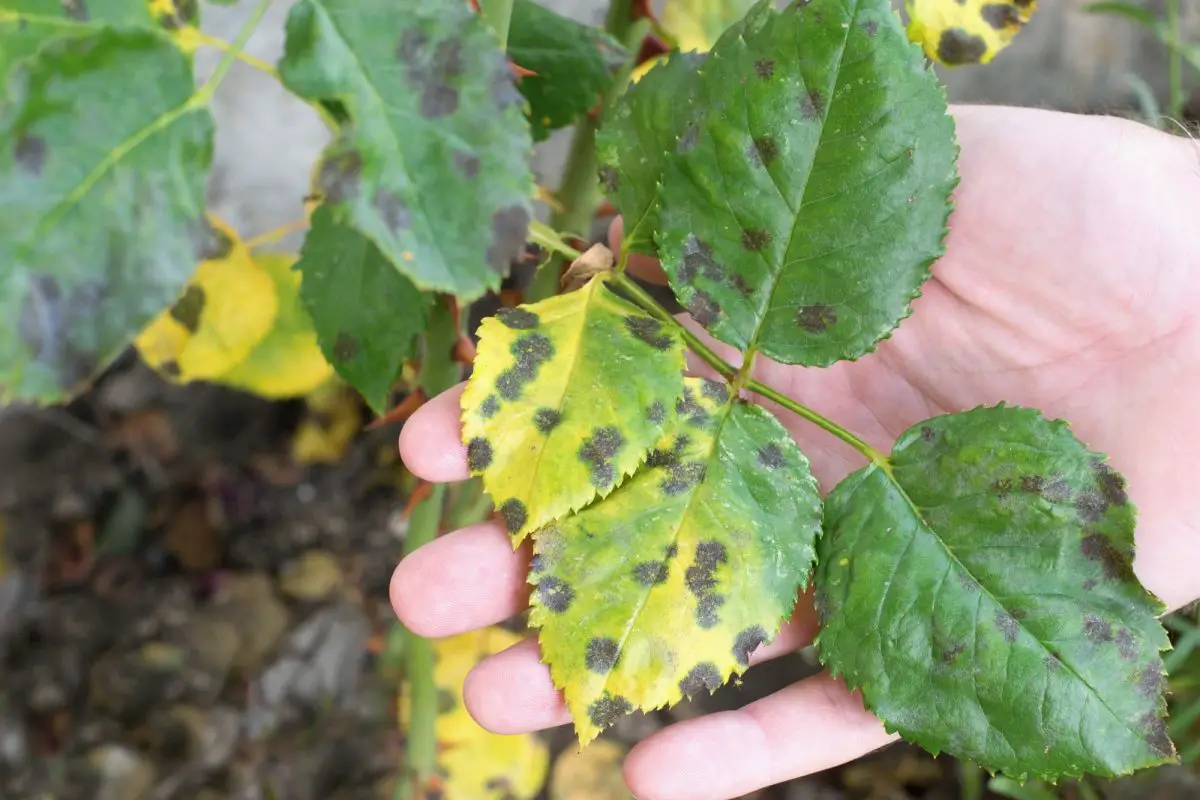

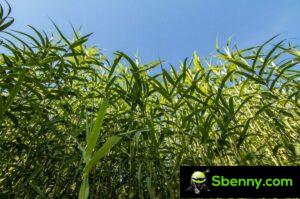

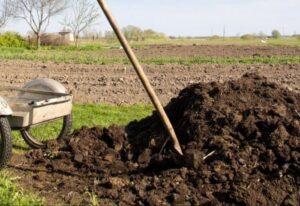
Start a new Thread